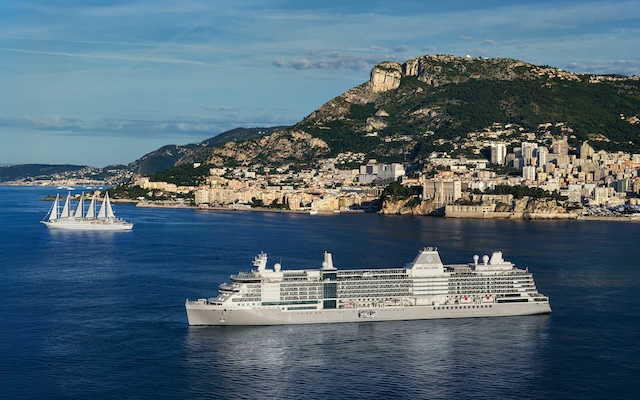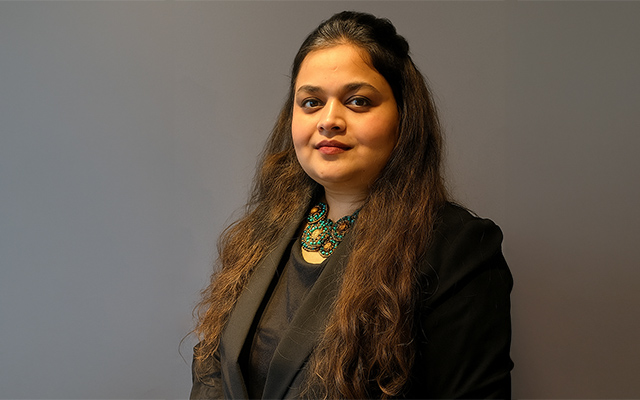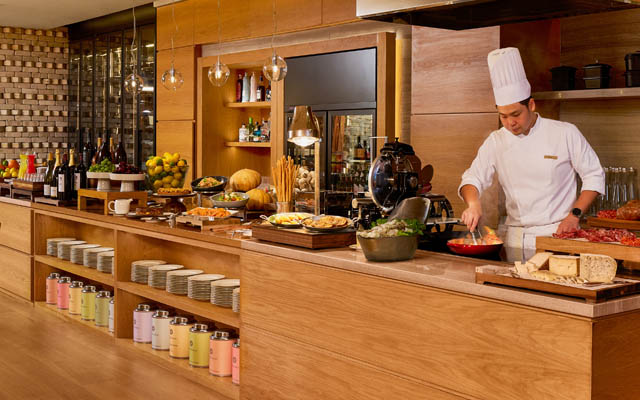Expeditions not only open travellers’ eyes to different natural landscapes and cultures, they also raise awareness of the fragility of these environments and galvanise authorities towards conservation policies and regulations, says Conrad Combrink, senior vice president, expeditions, destination & itinerary management at Silversea




















You are right, it is such an easy thing for companies to say that they deliver unique experiences. It is more than just talk at Silversea; we have made authentic experiences part of our mission and vision.
The Silversea vision statement says, nothing stands between you and the authentic beauty of the world. Every single one of us, whether onboard or onshore, go to work daily with that vision statement in mind. It is the foundation of everything that we do.
At the same time, we have a company, a management, and a group that really celebrates the development of such programmes. We are given resources to do research and development.
One of the big differences between Silversea and some of our other expedition competitors is the fact that all of my expedition shore-side management team members have worked on expedition ships. When we design expedition programmes, we do it with practical knowledge and experience. That makes a big difference.
Let me give you an example. We were in Europe early August when the product development team and I locked ourselves in the conference room for five days, 14 to 15 hours a day, to go through our 2026/2027 itineraries. We brought all our knowledge and our research that we’ve been doing for the last few months, to fine-tune the itineraries and make sure we were carving out the most unique programmes.
From there, we went out and attached an education and activity profile to each itinerary, and then developed programmes that would enrich the experience for our guests and allow us to deliver on our destination experience promise.
Thanks for the product development insight. How long does the planning process typically take?
It varies. On average, we work about two years out.
When we created our first-ever fully immersive expedition experience along the South African coast, we had to develop programmes that didn’t exist and work with local communities to ensure a positive relationship. That relationship is of critical importance to us. We also had to deal with regional and national regulatory authorities.
Back then, South Africa did not allow many of the activities that we wanted to do, such as using Zodiac boats to transport guests from shore to ship and vice versa. So, through risk assessments, collaborative studies, and meetings with the government, local operators, and local community, we eventually were able to develop the programme. That took us almost four years.
For our 2026/2027 itineraries, we worked about a year on them. We will launch them in the next few months.
Many expedition experiences are rooted in nature. Has climate change and greater environmental sensitivities impacted your programmes?
This is something that Silversea has been aware of for a very long time. In fact, the entire cruise and expedition industry believes in environmentally sustainable travel.
All operators in the very fragile environments of Antarctica and the Arctic function belong to the International Association of Antarctica Tour Operators (IAATO) and the Association of Arctic Expedition Cruise Operators (AECO). IAATO governs tourism within Antarctica while AECO governs tourism in the Arctic.
Both IAATO and AECO showcase the industry’s desire to operate in a responsible and sustainable manner.
We make the rules that are then validated by regulatory authorities around the world. We enforce these rules on our members, making sure that we operate within the parameters that we have all agreed on, such as distance between the guests and wildlife, the training that the staff needs to go through, and so on and so forth.
Does Silversea use its expeditions to educate travellers about the impact of human activity on climate and the environment?
We believe that we have to create ambassadors for anywhere in the world that we travel to, be it the Galápagos Islands, Antarctica, the Arctic, and the Kimberley. It’s not just for the preservation of the environment, but also for the preservation of cultures.
For instance, in the Kimberley, we have onboard anthropologists and archaeologists to talk about the history of the region.
Through our programmes, we educate our guests on how to respect and behave in interesting and fragile environments. With that knowledge and understanding, our guests become ambassadors for these regions.
Antarctica is governed by a treaty that is coming up for ratification in 2040. Governments will have to vote to decide whether or not they keep the structure of governance. Without travellers who have been to Antarctica and who now talk about the unique and fragile environment to raise awareness, we will probably see governments taking a very different stance on the preservation of Antarctica.
In the Galápagos Islands, we work with local NGOs and have our very own Silversea Fund to safeguard the well-being of the Galápagos Islands for future generations. We work on culture, people and on providing education to the local children.
I believe in teaching children about the world through travel. Do your expeditions see little ones onboard?
Yes, we do have multi-generational travel on our expeditions. My son, who is nine now, has been on expeditions to the Galápagos Islands, Africa, and Antarctica. What a wonderful way to educate our youths about the environment, different cultures, and the world through ways that they would never be able to get in school.
I can see the difference in my son compared to other nine-year-olds. He is respectful to the environment, to people, and to different cultures.
I really encourage people to travel with their children, whether it’s on an expedition or to anywhere in the world, because travelling does broaden our horizons in ways that no theoretical education can.